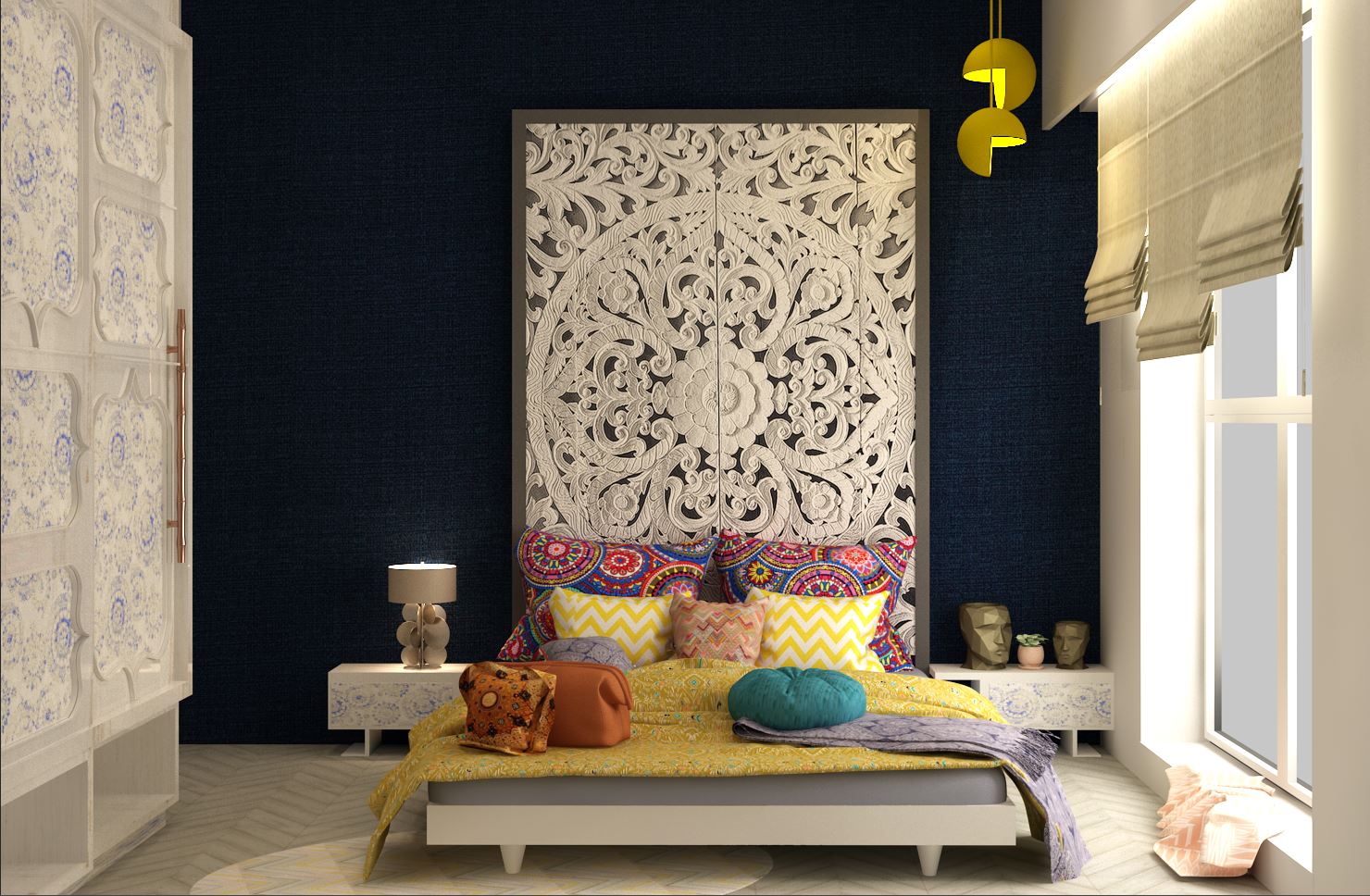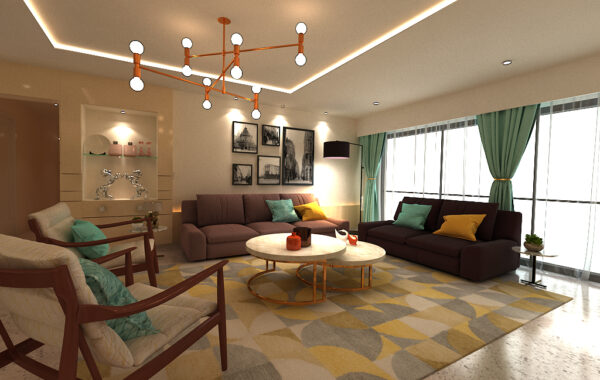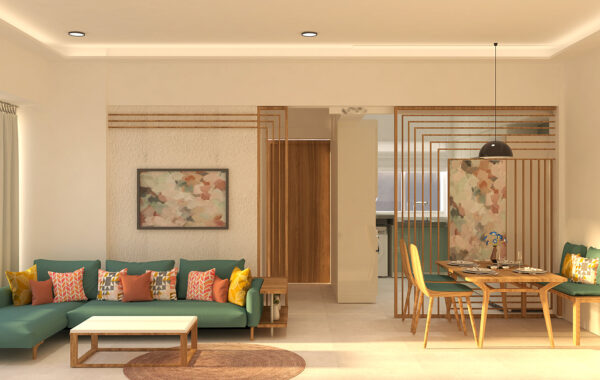We feel a space within seconds—warm, welcoming, or just off. Research shows our brains judge a room in the first 5 seconds. That’s why we call the entryway the “emotional handshake” of a home. Done right, it sets the tone for beauty, comfort, and confidence.
So how do you design an entry that captivates in five seconds or less? Let’s dive in.

🧠 Why the Entryway Matters More Than You Think
The entryway is the threshold—both physically and psychologically. It’s where the outside world ends and your personal sanctuary begins. When someone walks through your door (including you), their senses are rapidly gathering data:
- What do I smell?
- What do I hear?
- Is this space open or cramped?
- Is it clean, welcoming, stylish, calm?
In seconds, your brain picks up cues about the home—and the person behind it. A well-designed entryway doesn’t just impress guests; it shifts your mindset every time you walk in.
🚪 Step 1: Clear the Chaos
Clutter at the entrance sends one loud message: stress lives here. Shoes piled up, mail scattered, or bags thrown carelessly can overwhelm the senses and block the energy of the space.
Designer Tip:
- Limit visible items to the essentials: a tray for keys, a small bowl, a single shelf or hook.
- Use closed storage wherever possible—a bench with storage, a lidded basket, or wall-mounted cabinets.
- Keep the floor clear. It signals flow and psychological freedom.
Even in a tiny apartment, a tidy and organized entry feels luxurious.
💡 Step 2: Light Like a Welcome
Lighting is the fastest way to set mood and tone. The wrong light (too harsh, too dim, too cold) can instantly deflate the first impression.
Designer Tip:
- Use warm bulbs (2700K to 3000K) for a soft, inviting glow.
- Consider a statement pendant, wall sconce, or beautiful table lamp if space allows.
- Add motion-sensor lighting or smart bulbs if convenience is key.
Good lighting doesn’t just illuminate—it elevates. It tells the brain: You’re safe, you’re home.
🎨 Step 3: Choose a Signature Color or Texture
The best entryways leave a lasting impression—a bold color, a unique texture, or a standout detail that’s easy to remember and hard to forget.
Designer Tip:
- If you love bold design, the entry is a great place for a color pop or dramatic artwork.
- For a more serene feel, focus on tactile textures: rattan, matte stone, smooth wood, or velvet upholstery on a bench.
- Use a consistent color scheme that flows into the adjacent spaces.
This gives your entry a “main character” energy—even if it’s only a few square feet.
🪞 Step 4: Include Something Reflective or Symbolic
Mirrors are one of the most classic design elements in entryways, and for good reason: they reflect light, create a sense of space, and allow for that last-minute outfit check.
But beyond functionality, adding reflective or symbolic objects—like art, personal photographs, or cultural items—grounds the entry in identity.
Designer Tip:
- Hang a mirror beside or above a console, but avoid placing it directly across from the front door.
- Include a meaningful object: a sculpture, a book you love, or a ceramic bowl from your travels.
- Use items that reflect who you are becoming, not just where you’ve been.
Make your entryway an emotional preview of your home’s energy.
🌿 Step 5: Add a Living Element
Bringing something alive into your entry creates instant warmth and vibrancy. Whether it’s a plant, fresh flowers, or a small water feature, these natural elements soften the space and subconsciously invite relaxation.
Designer Tip:
- Choose low-maintenance greenery like a snake plant, pothos, or small olive tree.
- If plants aren’t possible, opt for organic textures: a jute rug, woven basket, or driftwood sculpture.
Living elements create emotional grounding—a reminder that your space breathes along with you.
🧴 Bonus: Engage the Senses
We often think in visuals, but scent, sound, and touch play just as powerful a role in those first five seconds.
- Place a diffuser or candle near the door with a subtle, consistent scent.
- Use soft, high-quality textiles for rugs, benches, or wall hangings.
- If you enjoy soft music at home, set a smart speaker near the entry to welcome you with calming tones or a favorite playlist.
When you engage multiple senses, your entry doesn’t just look beautiful—it feels unforgettable.
✨ Final Thought: Your Home’s Emotional Handshake
Designing your entry isn’t just about looks—it’s the first message your home sends. In five seconds, your brain asks: Does this space feel safe, calm, inspiring?
If it doesn’t reflect who you’re becoming, change it—one shelf, light, or scent at a time.


